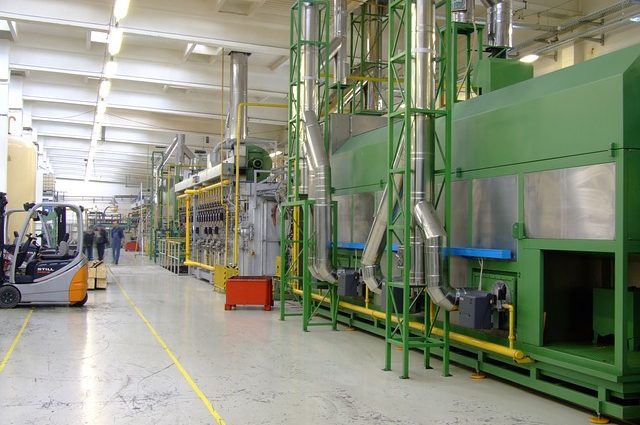One of my first stations in the working world was a packaging company, where I hired in spring 2006. At that time, the entire company was turned upside down according to the principles of 5S and Lean Management, and Six Sigma was just being introduced.
What is 5S and Lean Management?
There is a kind of concept around Lean Manufacturing and in the end this combines the basic ideas that one should keep the stocks low and that the working methods should be permanently improved.
This basic idea comes from the highly efficient Toyota production. Just-in-Time, Kaizen, Lean Manufacturing etc. – they all belong under one roof.
In the end, 5S and Lean Manufacturing are all about permanently reworking the processes in the company and never resting on one’s laurels when redesigning the processes. When new technologies are invented, it is immediately checked whether they can be used to speed things up.
An important rule is to avoid waste and set-up time at all costs. It is therefore important that all workplaces are designed to be as simple and clean as possible. For example, only the tools that are needed should be in one place. Every superfluous utensil is removed. This reduces the risk of the employee being injured at a machine. In addition, there is no danger that he will make a mistake and use the wrong tool.
In addition, superfluous walking distances should be avoided as far as possible. To achieve this, the machines and tools must be arranged intelligently. Lean management or lean manufacturing essentially means that only as much is produced as is necessary. Every product too much builds up inventory.
This in turn leads to an extension of the active ingredient on the left-hand side of the balance sheet. That sounds harmless at first, but when that happens, it means I need more equity or debt on the other hand. This is either a loan, or a liability. Or it can be a contribution or an increase in equity. That would entail increased financial expenditure. In the case of companies that are already out of cash anyway, it can lead to a situation where there is no possibility and then insolvency would be the consequence.
Therefore: an increase of the advances is therefore not bad because one must rent for it perhaps an additional camp. It is much more important not to tie up any capital. If, for example, an investor says that he is making EUR 1,000,000 available and the management is forbidden to take out external loans, then these requirements are set in stone. The investor expects a certain return for a limited amount of money and he will certainly not get more out of it.
